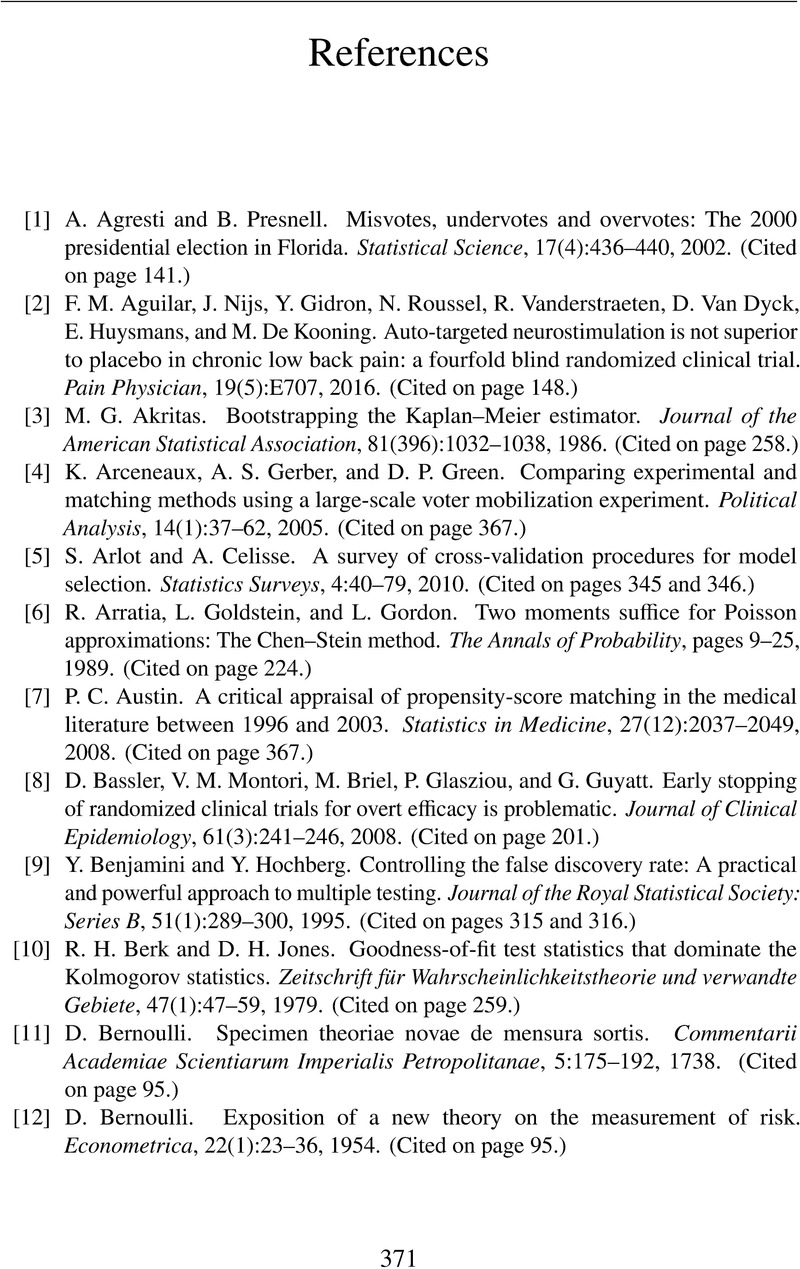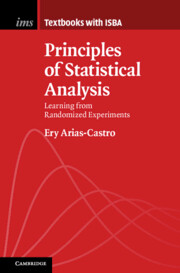References
Published online by Cambridge University Press: 22 July 2022
Summary

Information
- Type
- Chapter
- Information
- Principles of Statistical AnalysisLearning from Randomized Experiments, pp. 371 - 383Publisher: Cambridge University PressPrint publication year: 2022
